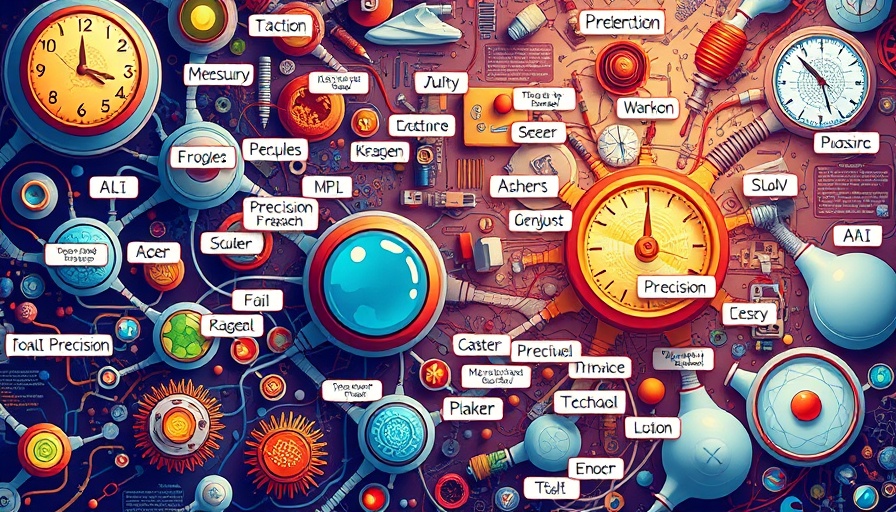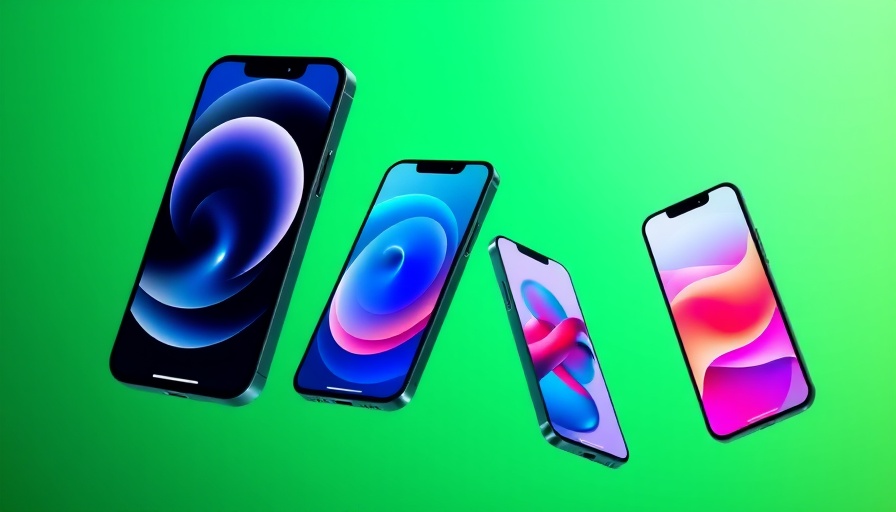
Revolutionizing Wound Care: The Role of Intelligent Dressings
As chronic wounds continue to pose significant challenges in healthcare, traditional treatments often fall short of providing satisfactory outcomes for patients. Enter intelligent wound dressings—innovative solutions designed not only to protect wounds but also to enhance healing through smart technology. These dressings provide real-time data on wound conditions, allowing healthcare professionals to tailor treatment approaches, which can greatly improve patient outcomes.
Understanding Chronic Wounds: A Growing Concern
Chronic wounds, often resulting from conditions such as diabetes or vascular diseases, are more than just physical ailments; they represent a significant burden on patients and healthcare systems globally. Patients with chronic wounds experience not only physical pain but also emotional distress, exacerbating their conditions. Intelligent dressings can address these issues by offering continuous monitoring, which can lead to more effective treatment strategies and improved quality of life.
How Intelligent Wound Dressings Work
These modern dressings incorporate various sensors that track factors such as moisture levels, temperature, and pH of the wound. This data helps healthcare professionals make informed decisions regarding interventions, adjusting therapies as needed for optimal healing. For instance, if a wound exhibits low moisture levels, a clinician can promptly change the dressing to one that maintains optimal moisture, thereby reducing the risk of infection and promoting healing.
The Importance of Data in Patient Care
With healthcare constantly evolving, data has become a cornerstone of patient care. Intelligent dressings collect critical information that can be analyzed to predict healing outcomes and adapt treatments. This use of data not only enhances individual patient care but also contributes to broader healthcare insights that can lead to improved protocols and practices.
Patient Empowerment Through Technology
Beyond clinical settings, intelligent dressings empower patients by providing them with clearer data about their recovery journey. Some advanced dressings come equipped with mobile applications that allow patients to track their wound healing progress visually. This capability encourages patient engagement and self-management, vital components in chronic wound care.
Challenges and Opportunities Ahead
While the benefits are clear, integrating intelligent wound dressings into everyday practice presents challenges. Cost, training of healthcare staff, and patient education are areas requiring attention. However, as technology becomes more affordable and training programs develop, the potential of these dressings could significantly reduce chronic wound care costs and enhance patient experiences.
Future of Wound Care: Where Do We Go From Here?
As intelligent dressings continue to evolve, they promise to transform not just chronic wound care but also shape future healthcare strategies. With ongoing advancements in material science and sensor technology, the next generation of intelligent dressings may incorporate even more personalized elements, ultimately leading to a healthcare system that is more responsive to patient needs.
Conclusion: Embracing the Change in Healthcare
The integration of intelligent wound dressings marks an exciting frontier in healthcare innovation. By embracing these technologies, we not only improve the treatment of chronic wounds but also foster a system that prioritizes data-driven, patient-centric care. The power of healing can be augmented through commitment to adopting these innovative solutions—encouraging a brighter future for those suffering from chronic health conditions.
 Add Row
Add Row  Add
Add 




 Add Row
Add Row  Add
Add 

Write A Comment